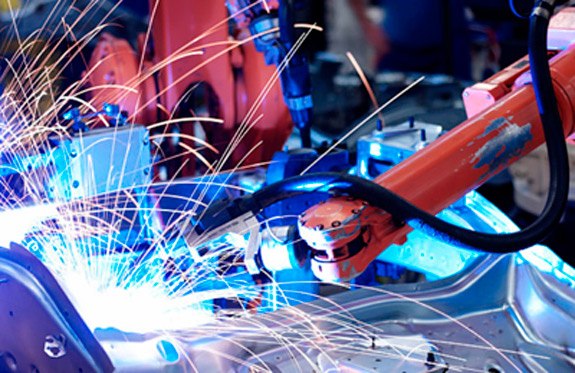In the ever-evolving world of automotive technology, Electronic Control Units (ECUs) have been at the forefront of innovation. These critical components are responsible for managing various systems within a vehicle, from engine performance to safety features. As vehicles become more connected and integrated with advanced technologies, the trends in electronic control unit components have shifted towards enhancing connectivity and integration. In this blog, we will explore these trends and how they are reshaping the future of automotive electronics.
Automotive electronic control unit has come a long way since their inception. Initially, they were standalone units responsible for specific functions like engine management or airbag control. However, recent trends have seen a significant shift towards connectivity and integration, leading to a more holistic and efficient vehicle control system.
Integration of Functions
One notable trend is the integration of functions within a single ECU. Traditionally, vehicles had separate electronic control unit components for the engine, transmission, brakes, and more. Modern vehicles increasingly use integrated ECUs that can manage multiple systems simultaneously. This not only reduces the physical space required but also enhances communication and coordination among different vehicle functions.
Centralized Processing Power
To support the integration of functions, electronic control unit components and more automobile engine parts are becoming more powerful. Advanced microcontrollers and processors enable faster data processing and decision-making. This centralization of processing power allows for more efficient resource allocation and better overall vehicle performance.
Connectivity with the Internet of Things
The advent of the Internet of Things (IoT) has transformed the way vehicles interact with the world around them. ECUs are now equipped with connectivity features that enable them to communicate with other vehicles, infrastructure, and cloud-based systems. This connectivity enhances features like remote diagnostics, over-the-air updates, and real-time traffic information.
Advanced Sensor Technology
ECUs heavily rely on sensor data for decision-making. Recent advancements in sensor technology, such as LiDAR, radar, and advanced camera systems, have improved the accuracy and reliability of data collection. This, in turn, car electronic control unit enhances safety features like adaptive cruise control, lane-keeping assistance, and collision avoidance systems.
Cybersecurity Measures
With increased connectivity comes the need for robust cybersecurity. ECUs now incorporate advanced security protocols to protect against cyber threats and ensure the safety and privacy of vehicle occupants. Manufacturers are also providing over-the-air security updates to keep ECUs resilient against emerging threats.
Machine Learning and AI Integration
Machine learning and artificial intelligence are being integrated into electronic control unit components to enable predictive maintenance, optimize fuel efficiency, and adapt to driver behavior. These technologies can analyze vast amounts of data in real-time, making vehicles smarter and more responsive.
Environmental Sustainability
ECUs are playing a crucial role in reducing a vehicle's environmental footprint. They continuously monitor emissions and optimize engine performance to minimize pollution. Electric and hybrid vehicles, in particular, rely on sophisticated electronic control unit componentss to manage power distribution and battery performance efficiently.
The trends in ECU components reflect the automotive industry's commitment to innovation and adaptability. As vehicles become increasingly connected and integrated, electronic control unit components are evolving to meet the demands of a rapidly changing technological landscape. These advancements not only enhance the driving experience but also contribute to improved safety, efficiency, and sustainability. As we look to the future, we can expect even more exciting developments in ECU technology, further reshaping the way we interact with and rely on our vehicles.
